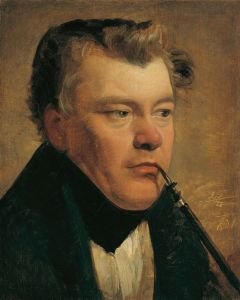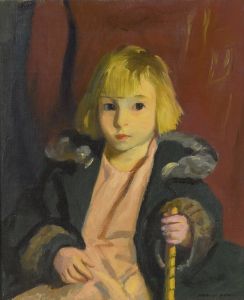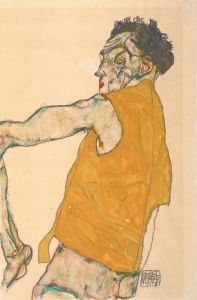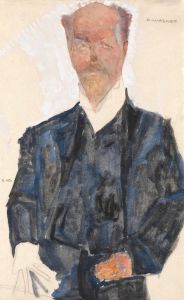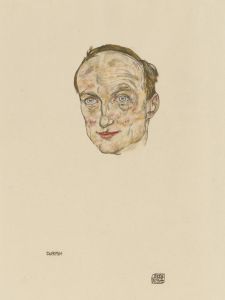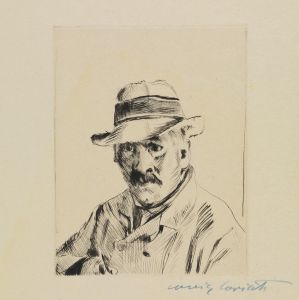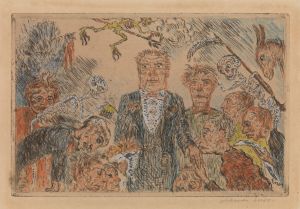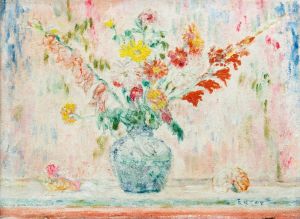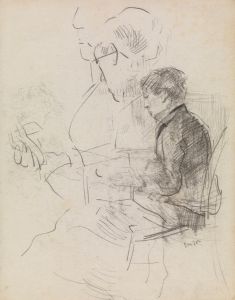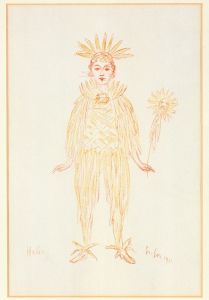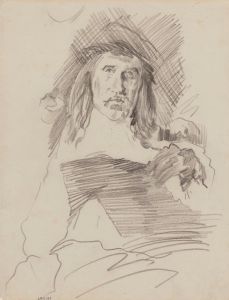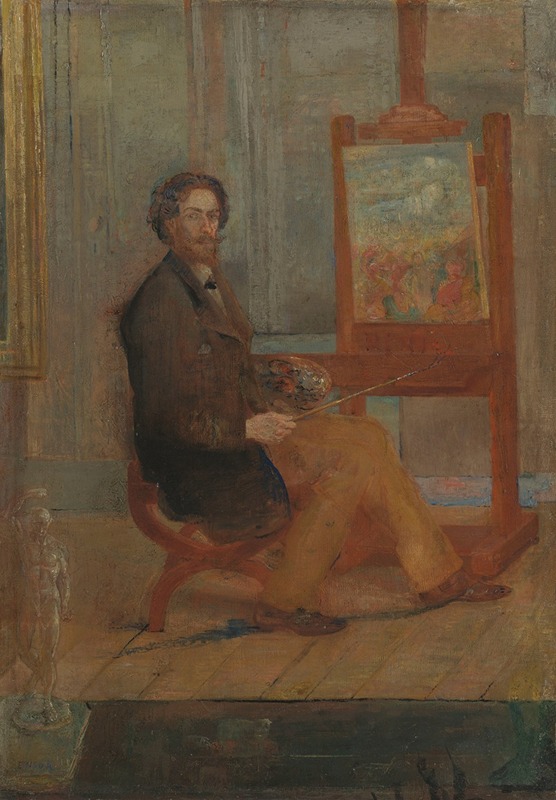
Ensor at his Easel
A hand-painted replica of James Ensor’s masterpiece Ensor at his Easel, meticulously crafted by professional artists to capture the true essence of the original. Each piece is created with museum-quality canvas and rare mineral pigments, carefully painted by experienced artists with delicate brushstrokes and rich, layered colors to perfectly recreate the texture of the original artwork. Unlike machine-printed reproductions, this hand-painted version brings the painting to life, infused with the artist’s emotions and skill in every stroke. Whether for personal collection or home decoration, it instantly elevates the artistic atmosphere of any space.
"Ensor at his Easel" is a painting by the Belgian artist James Ensor, who is renowned for his innovative and often provocative works that played a significant role in the development of Expressionism and Surrealism. Ensor was born in 1860 in Ostend, Belgium, and spent most of his life there, drawing inspiration from the coastal town's unique atmosphere and his family's curio shop, which was filled with exotic and unusual items.
James Ensor's work is characterized by its vivid use of color, intricate detail, and often satirical or macabre themes. He frequently depicted scenes filled with masks, skeletons, and fantastical creatures, reflecting his fascination with the grotesque and the absurd. Ensor's style evolved over time, moving from more traditional forms of painting to a distinctive approach that challenged the conventions of his time.
"Ensor at his Easel" is a self-portrait, a genre that Ensor explored throughout his career. In this painting, Ensor presents himself in the act of painting, providing a glimpse into his creative process and his identity as an artist. Self-portraits were a means for Ensor to explore his own persona and to comment on the role of the artist in society. Through these works, he often inserted himself into fantastical or allegorical settings, blurring the lines between reality and imagination.
The painting is notable for its introspective quality, as Ensor captures himself in a moment of artistic engagement. The composition may include elements typical of Ensor's work, such as vibrant colors and a dynamic use of space, although specific details about the painting's visual elements are not widely documented. Ensor's self-portraits often convey a sense of introspection and self-examination, reflecting his complex personality and his views on the world around him.
Ensor's contribution to art was recognized during his lifetime, although he faced criticism and controversy for his unconventional style and subject matter. Despite this, he gained the admiration of younger artists and was eventually celebrated as a pioneer of modern art. His influence can be seen in the works of later artists who embraced expressionistic and surrealistic techniques.
James Ensor continued to paint and exhibit his work until his death in 1949. Today, his paintings are held in major museums and collections around the world, where they continue to captivate audiences with their bold imagery and imaginative themes. "Ensor at his Easel," like many of his works, offers insight into the mind of an artist who was unafraid to challenge artistic norms and explore the depths of human emotion and imagination.





